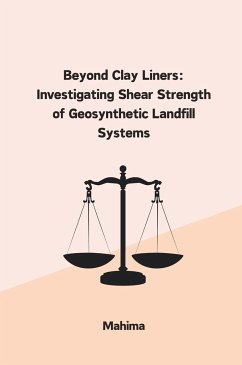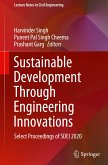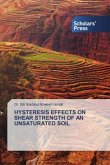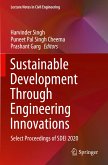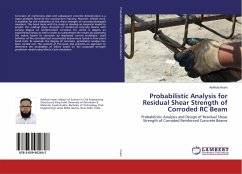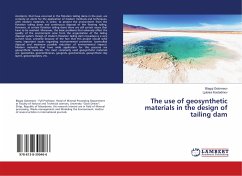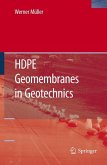Solid waste landfills serve as municipal waste containment facilities. Presently, landfills are required to accommodate as much volume of waste as possible while isolating the waste from surrounding air, soil and ground water. With the intention to provide sufficient space for the increasing waste volumes, modified landfill designs have been implemented which incorporate designs with steep side slopes. Although the National Norms and Standards for Disposal of Waste to Landfill provide the minimum requirements and state that alternative design layouts for landfill slopes exceeding 1H:4V may be considered, the new implementation could increase the risk of landfill instability (Department of Environmental Affairs, 2013a; Emery, 2014). Research has shown that instability problems may be associated with shear failure (Russell, et al., 1998; Kim, 2006; Feng, et al., 2010; Duffy, 2016). In such cases, the safety of these containment facilities depends on the shear strength properties ofthe landfill boundary conditions and construction materials. As a result, proper understanding of shear strength parameters is essential in ensuring safe designs.
Bitte wählen Sie Ihr Anliegen aus.
Rechnungen
Retourenschein anfordern
Bestellstatus
Storno

